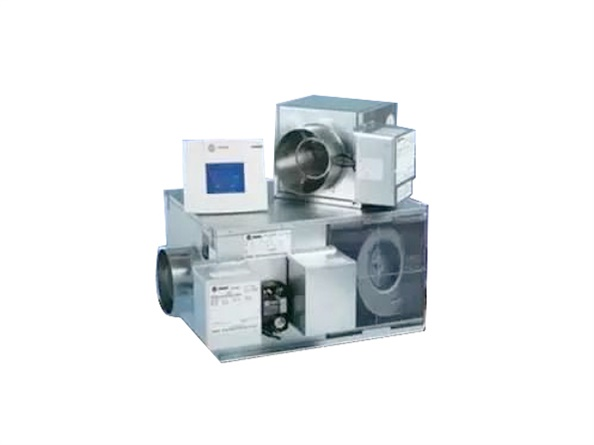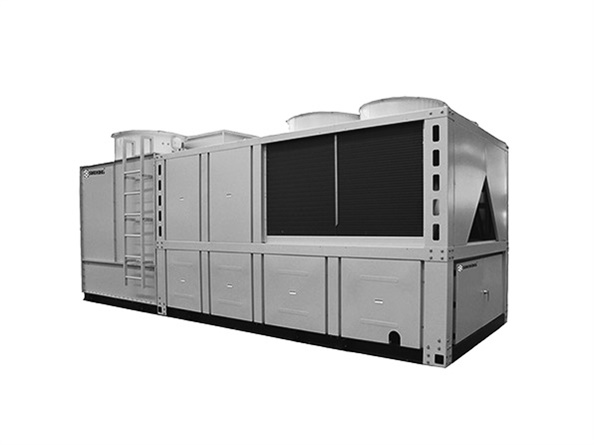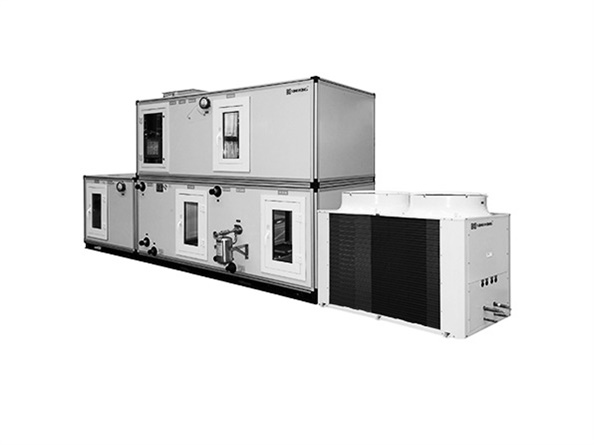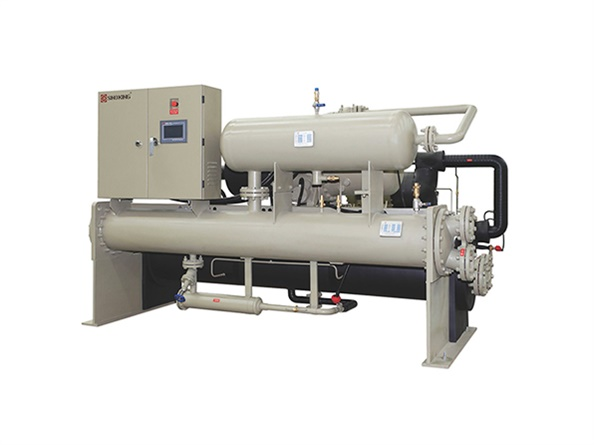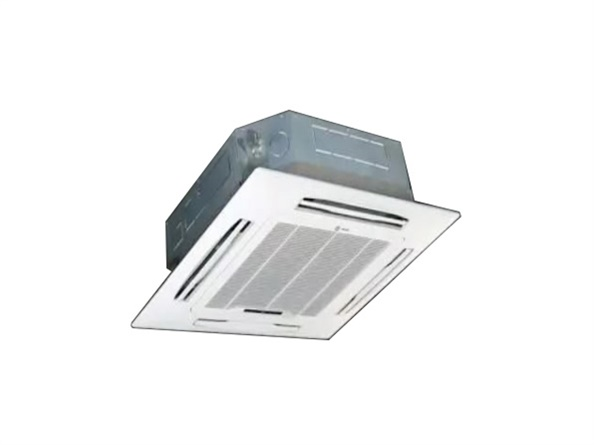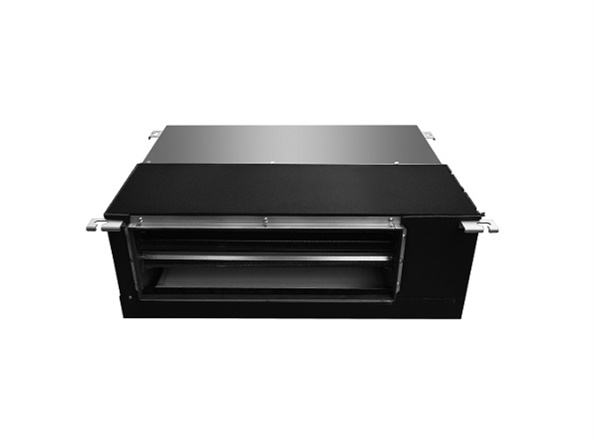Variable Air Volume System, also known as VAV system, is a type of all-air conditioning system that emerged in the United States in the 1960s. This system automatically adjusts the airflow delivered by the air conditioning system based on changes in indoor load or desired indoor parameters, ensuring that the indoor environment meets the required standards.
The VAV system works by having its terminal devices automatically adjust the airflow sent into rooms as the air conditioning load changes. This ensures that the airflow in the room remains within the design range, allowing the air conditioning unit to reduce its airflow and fan speed when the load is low, thus achieving energy savings.
One of the key advantages of the VAV system is its ability to reduce energy consumption. Since air conditioning systems often operate under partial load conditions, the reduction in airflow leads to a decrease in fan energy consumption. Therefore, the VAV system aims to meet indoor air environmental requirements with minimal energy expenditure.
Although the VAV system did not gain rapid popularity initially, it has become a widely used air conditioning system due to its efficiency and adaptability to varying indoor conditions. It is now a common choice in many buildings and facilities, where it helps to maintain a comfortable indoor environment while minimizing energy usage.
Variable Air Volume System, also known as VAV system, is a type of all-air conditioning system that emerged in the United States in the 1960s. This system automatically adjusts the airflow delivered by the air conditioning system based on changes in indoor load or desired indoor parameters, ensuring that the indoor environment meets the required standards.
The VAV system works by having its terminal devices automatically adjust the airflow sent into rooms as the air conditioning load changes. This ensures that the airflow in the room remains within the design range, allowing the air conditioning unit to reduce its airflow and fan speed when the load is low, thus achieving energy savings.
One of the key advantages of the VAV system is its ability to reduce energy consumption. Since air conditioning systems often operate under partial load conditions, the reduction in airflow leads to a decrease in fan energy consumption. Therefore, the VAV system aims to meet indoor air environmental requirements with minimal energy expenditure.
Although the VAV system did not gain rapid popularity initially, it has become a widely used air conditioning system due to its efficiency and adaptability to varying indoor conditions. It is now a common choice in many buildings and facilities, where it helps to maintain a comfortable indoor environment while minimizing energy usage.



